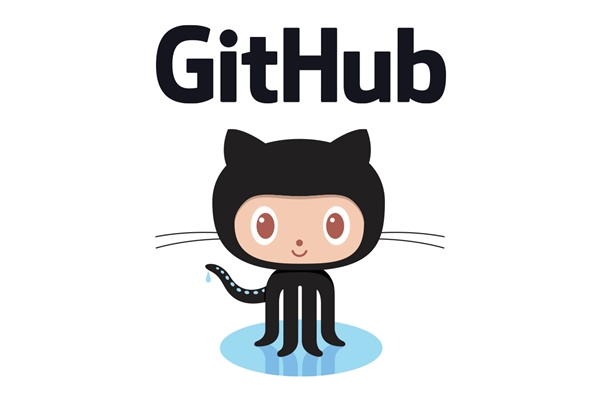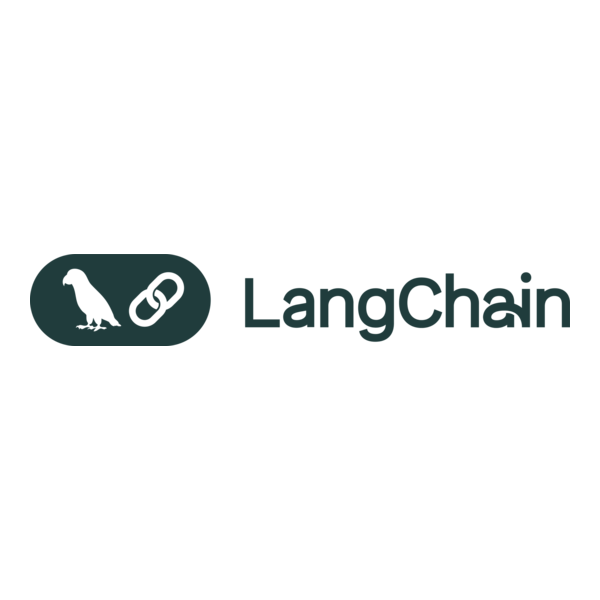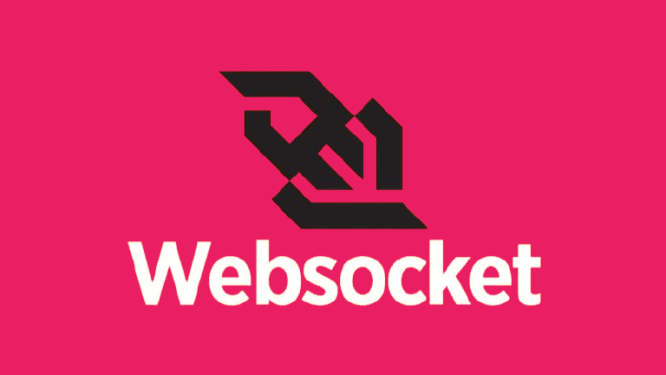Loading...
Blog
GitHub and its functionality

We create a repository, choose the most popular MIT license for open source software. With this license, anyone can take the code and edit, use, etc., as long as it includes this license along with that code. So, let`s create a project.
So we can have it all together. Project management, analytics and the repository itself are in one place. So, we created a project, according to it, 3 columns with standard cards were automatically created. If you open them, you can see your marking style. However, we delete them and create our own. For example, Update README.md. and undertake to convert it to Issue. The main difference between issue and note is working with code - that is, the repository. When we change the code, it is an issue. And if not, it remains as a note. Moreover, there is a separate tab for the issue and the appropriate tools for labeling and tracking.
After all, the more metadata will be provided in the problem, the better. It is more likely that a person will understand what he needs. When we open our Issue then in addition to the obvious Assignees, Notifications, etc. should pay attention to Labels and Milestone. Labels that allow you to mark a task or create your own. And Milestone is like a general flow or direction of tasks. Allows you to combine multiple tasks without losing them.
Now we have created a separate branch of develop. And so far, that issue has not closed because develop is not the main (default) branch. But, this can be changed in the settings. Some teams practice developing the branch as the main one. All this in order for the trigger to work. That is, the tasks were closed when they got into develop.
Before going to the settings of the branches add a collaborator (Settings => Manage access => Invite a collaborator).
Now let`s move on to setting up branches. Here you can change the main branch for which the trigger will be worked out. You can also configure security rules. In this case, we will use our collaborator. And let`s do that before someone does Pull Request.
Now we add, enter the name of the branch and configure the rules.
Now that the rules are set up, we make our first release. Go to the Pull Request tab and create it.
Choose Rewievers. You will receive a notification about Rewievers in the mail.
GitHub is primarily an online repository hosting service that has all the distributed version control and source control functionality - everything that Git supports and more. It is used in conjunction with Git and provides developers with the ability to save their code online and then interact with other developers on different projects.
Also, GitHub boasts access control, bug tracking, task management for each project. The goal of GitHub is to facilitate developer interaction.
You can access a project uploaded to GitHub using the Git CLI and Git commands. There are also other features such as documentation, pull requests, commit history, integration with many popular services, email notifications, emoji, charts, nested to-do lists, etc.
Git is a tool that allows you to implement a distributed version control system, and GitHub is a service for projects using Git.

